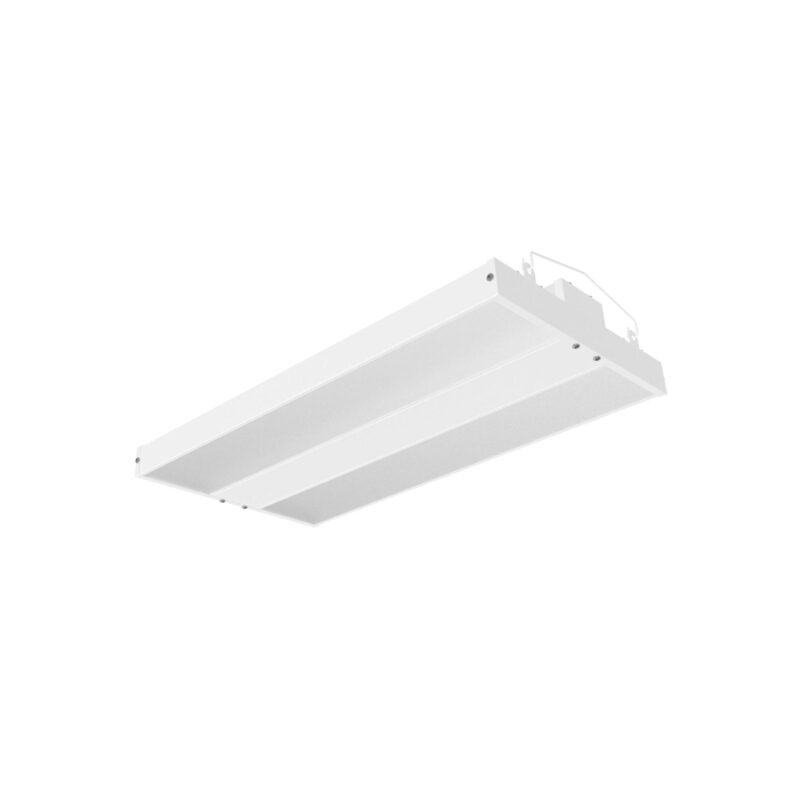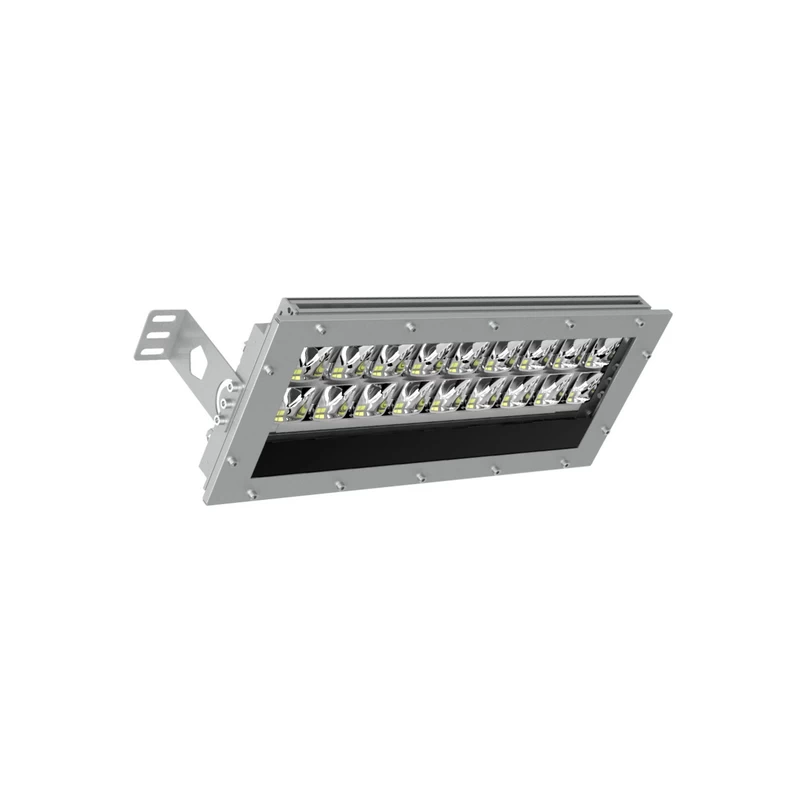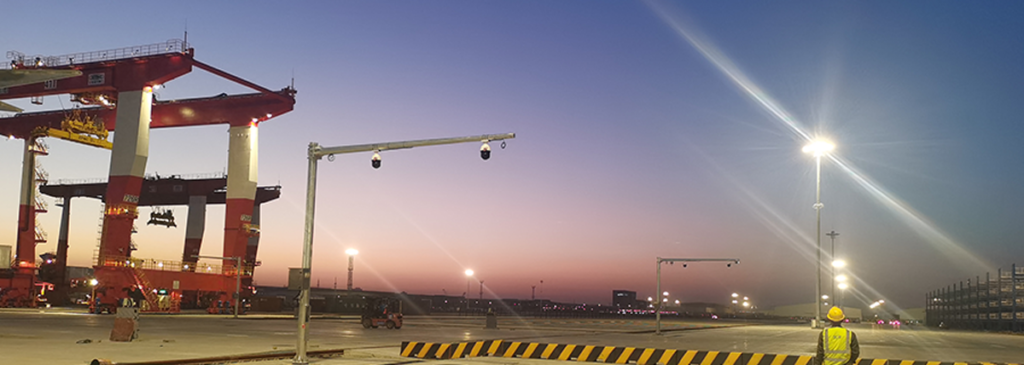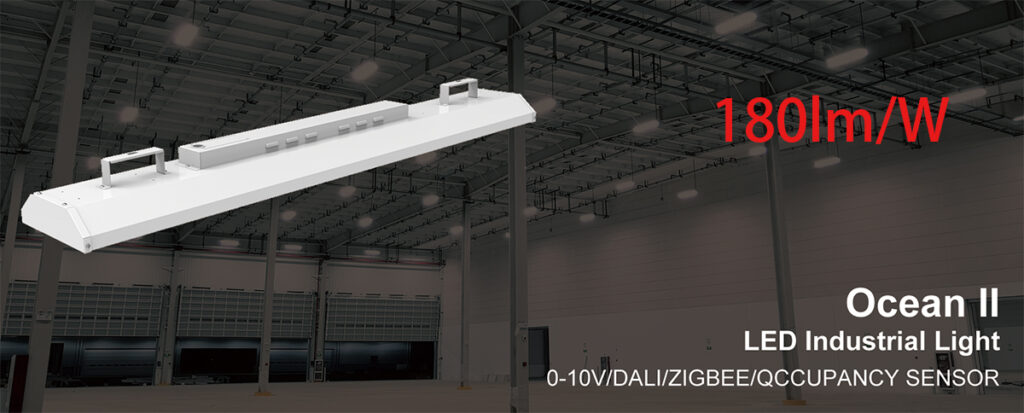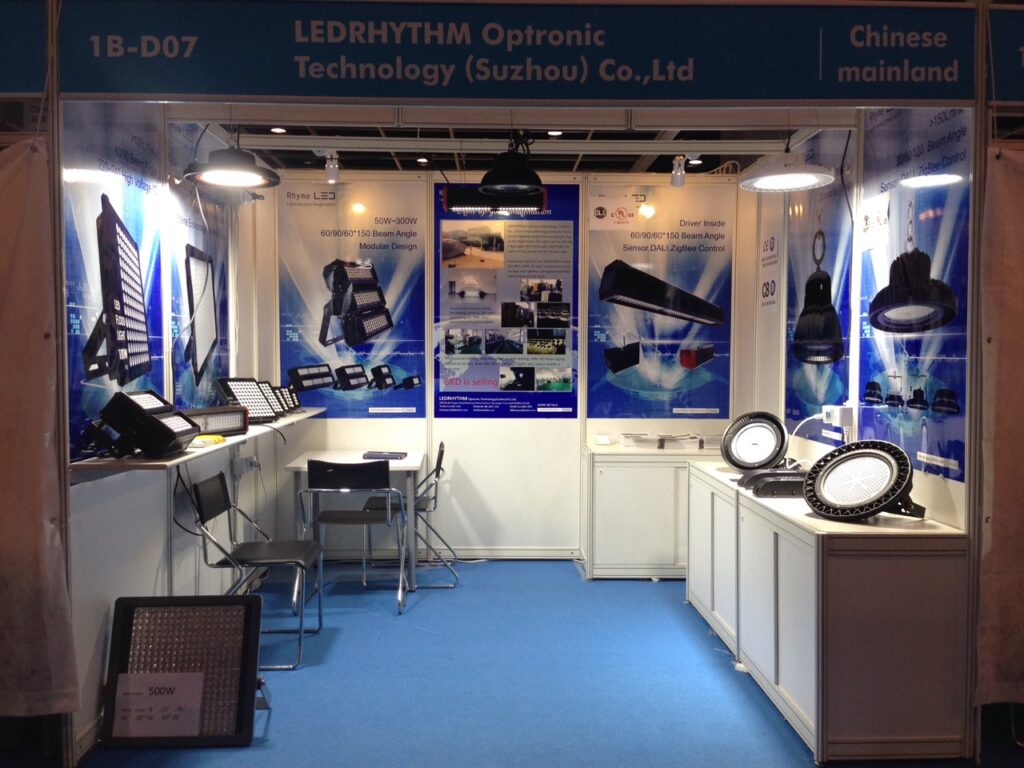목차
토글소개
투광 조명과 관련하여 "빔 각도"라는 용어를 자주 듣습니다. 하지만 빔 각도를 제대로 이해하고 계신가요? 빔 각도가 조명 범위와 균일성에 왜 그렇게 중요한가요? 이 글에서는 빔 각도의 개념과 계산 공식에 대해 자세히 설명합니다.
빔 각도란 무엇인가요?
빔 각도는 램프에서 방출되는 빛의 광선의 폭 또는 확산을 나타냅니다. 빛이 최대 광도를 방출하는 선을 광축이라고 합니다.
- B50%(FWHM, 최대 절반 전체 폭)
이것은 국제적으로 가장 일반적으로 사용되는 빔 각도의 정의입니다. 램프의 광축 평면에서 빛의 강도가 최대 강도의 50%로 떨어지는 두 방향 사이의 각도가 빔 각도입니다. - B10%
조명기구의 광축에서 두 방향 사이의 각도로, 광도가 최대 강도인 10%로 떨어지는 각도입니다. 일부 제조업체는 더 넓은 빔 각도를 나타내기 위해 B10%를 사용합니다.
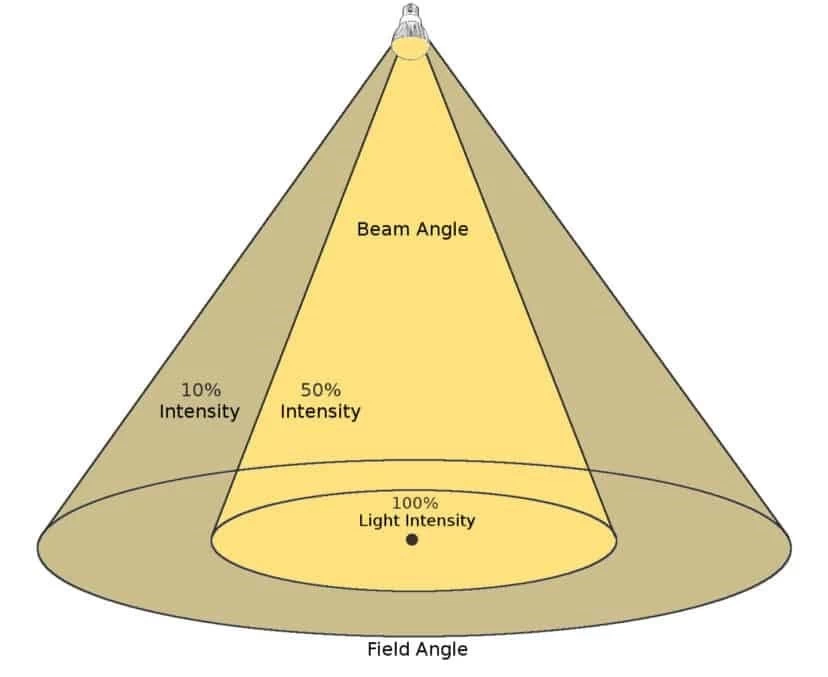
예를 들어 예: 조명기구의 중심 광도는 10,000cd입니다.
- 빛의 강도는 0°(10,000cd)에서 최대입니다.
- 30°에서 광도는 5,000cd입니다.
- 45°에서 광도는 1,000cd입니다.
따라서 빔 각도는 다음과 같습니다: B50% 빔 각도 = 60°(-30°에서 +30°로 이동하기 때문에), B10% 빔 각도 = 90°(-45°에서 +45°로 이동하기 때문에).
| 카테고리 | 일반적인 범위(°) | 애플리케이션 | 특징 |
|---|---|---|---|
| 좁은 | 10°-30° | 파사드, 동상, 원거리 초점 | 고강도, 선명한 대비, 작은 면적 |
| Medium | 30°-60° | 출입구, 안뜰, 산책로 | 균형 잡힌 커버리지와 밝기 |
| 와이드 | 60°-120° | 주차장, 창고, 운동장 | 넓은 영역, 고른 조명, 낮은 중앙 조명 |
| 참고: 범위는 일반적인 값입니다. 빔 각도는 일반적으로 B50%(FWHM)로 정의됩니다. | |||

빔 각도 계산기
저희가 사용하는 빔 각도 계산기는 알려진 빔 각도를 기반으로 조사 범위와 설치 높이를 추정합니다. 빔 각도는 제조업체가 실험실에서 측정하고 제품 매개변수에 표시하는 광학 측정값이기 때문입니다.
빔 각도 계산기 공식: D = 탄 (θ / 2) × L
의미:
- D = 조명 영역 반경
- θ = 빔 각도
- L = 장착 높이
계산 예시: 조명이 5m 높이에 설치되고 빔 각도가 60°인 경우:
- D = 탄(30°)×5 = 2.89m
조사 범위를 알고 있는 경우 설치 높이를 계산할 때도 마찬가지입니다. 결과를 직접 계산할 수 있습니다.
공식: D = L × tan(θ / 2)
올바른 빔 각도는 어떻게 선택하나요?
조명 요구 사항
- 조각품과 그림을 강조하려면(액센트 조명): 좁은 빔(15°-24°)을 선택합니다.
- 벽과 그림을 비추려면(월워시 조명): 중간 빔(24°-36°)을 선택합니다.
- 기본적인 공간 조명을 제공하거나 복도를 비추는 용도로 사용합니다: 중간 폭 빔(36°-45°)을 선택합니다.
- 방 전체를 비추려면(주변 조명): 넓은 빔(>60°)을 선택합니다.
- 넓은 실외 공간을 비추려면: 매우 넓은 빔(90° 이상)이 있는 투광 조명을 선택하세요.
조명 거리
광원이 조명 대상 물체에서 멀어질수록 동일한 스팟 크기를 생성하는 데 필요한 빔 각도가 좁아집니다.
| 애플리케이션 | 권장 빔 각도 | 이유 |
|---|---|---|
| 예술 작품 또는 동상 스포트라이트 | 10°-30°(좁은) | 작은 영역에 빛을 집중하고 대비를 만듭니다. |
| 일반 방 또는 복도 조명 | 30°-60°(중간) | 균형 잡힌 커버리지와 밝기 |
| 주차장, 운동장, 창고 | 60°-120°(와이드) | 넓은 영역을 균일하게 조명하고 그림자를 줄입니다. |
| 선반 또는 진열장용 액센트 조명 | 20°~40°(좁음~중간) | 빛이 새지 않는 제품 하이라이트 |
| 야외 정원 또는 조경 조명 | 30°-90°(중간~광각) | 식물과 길에 부드럽고 고른 조명 제공 |
| 참고: 빔 각도는 대략적인 수치이므로 천장 높이와 면적 크기에 따라 선택하세요. | ||
결론
빔 각도는 빛의 모양과 확산을 결정합니다. 빔 각도를 이해하고 사용하면 더 나은 조명 환경을 제공할 수 있습니다. 램프를 선택할 때는 와트(밝기)와 색온도(색상)뿐만 아니라 빔 각도에 초점을 맞추는 것이 중요합니다.
소니는 산업 및 상업용 LED 조명 전문 제조업체입니다. 소니의 조명은 다양한 빔 각도를 제공합니다. 문의하기 를 사용하여 조명 솔루션을 사용자 지정할 수 있습니다.
사람들이 자주 묻는 질문
빔 각도는 어떻게 측정하나요?
빔 각도는 일반적으로 제조업체에서 광도계 또는 조도계를 사용하여 실험실에서 측정합니다. 표준 방법은 IES 데이터 또는 표면에서 직접 측정하여 광도가 최대값(B50%)의 50%로 떨어지는 각도를 결정하는 것입니다.
투광 조명에는 어떤 빔 각도가 가장 적합할까요?
투광 조명을 위한 최적의 빔 각도는 특정 용도에 따라 다릅니다:
- 좁은 빔 각도(10°-30°): 특정 물체나 영역을 강조하는 데 사용됩니다.
- 중간 빔 각도(30°-60°): 일반 영역 조명에 사용됩니다.
- 넓은 빔 각도(60°-120°): 운동장이나 주차장과 같은 넓은 공간을 비추는 데 사용됩니다.
공장 출고 후 조명기구의 빔 각도가 고정되어 있나요?
예. 대부분의 LED 조명은 광학 장치에 의해 빔 각도가 고정되어 있습니다. 이를 변경하려면 일반적으로 렌즈나 반사경을 교체해야 합니다. 일부 조정 가능한 특수 스포트라이트는 빔 각도를 변경할 수 있지만 일반적인 투광 조명의 경우 빔 각도가 미리 결정되어 있습니다.

